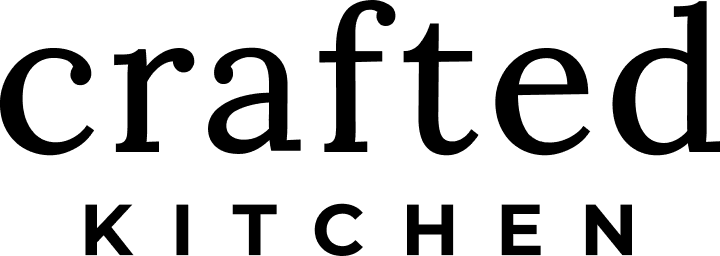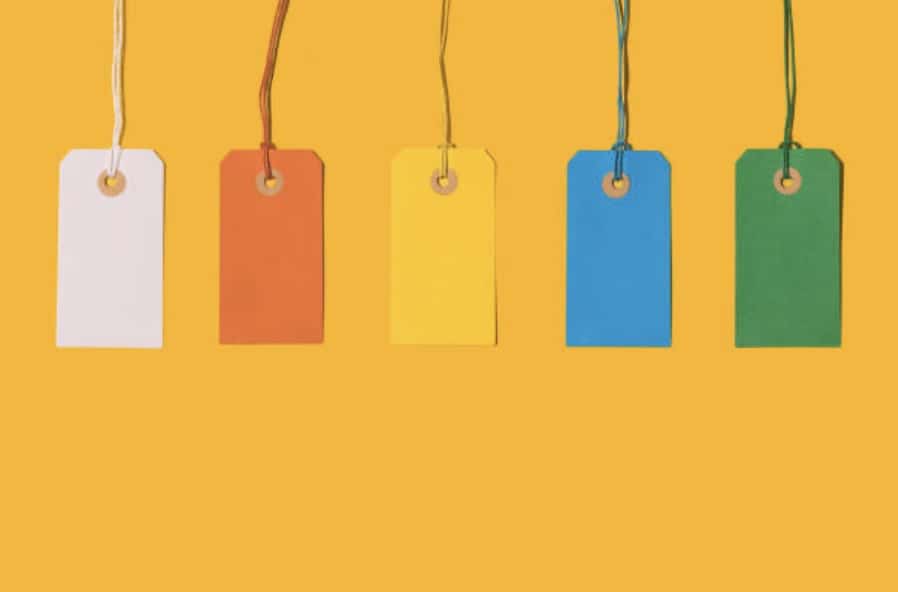You’re ready to start your packaged food business and now you have a lot of little loose ends to tie up. Let’s talk about profit margins and pricing for profitability.
It’s critical to make sure that you price your product for profitability. There are four common mistakes that packaged food business entrepreneurs make when they price their product, and, as a result, that can lead to an expensive hobby rather than a profitable food business.
Mistake Number 1: Not understanding your cost of goods sold, what’s included or how to calculate it correctly. Cost of goods sold is referred to as COGS. This includes your food ingredients – everything it takes to make the actual product all the way down to the salt. It also includes your packaging – anything you need to hold the product. The next piece is active time making the product and the last is active time packaging the product. To ensure you’re making generating a profit (rather than just breaking even), make sure you’re including all of these costs when you price your product.
Mistake number two is not including accurate labor in your cost of goods sold. At the start of your business, you may not be writing yourself a check for the labor that you’ve put into the business. Remember, we’re pricing for profitability. As you grow, you might want to pay someone to work on that product. So, if you didn’t include the cost of your production labor from the start, you need to factor that into your COGS now. And, if that was the case, when you re-compute your COGS and your margins have dropped significantly.
Mistake number three is not understanding all the overhead expenses incurred by your business. Often, people try to factor kitchen time or market fees into their cost of goods sold. It doesn’t go into that category; it belongs in your overhead. These costs aren’t included in your COGS, but they are, after all, business expenses. After you’ve accurately computed your cost of goods sold and what margins you’d like to charge, you need to factor in the other expenses that go into selling the product.
That leads to mistake number four, not understanding how to price through distribution and having price parity. When you start out, you generally think to price your product as the retail price your customers will pay. Your retail price will allow profitability as well as pay for all your overhead. What if you want to sell your product wholesale to a grocery store? The grocery store will take their cut, which decreases your profit. What if you add in a broker or a distributor? Another chunk taken. What does that mean? Even in the beginning phases of your business, you want to ensure that you’re pricing your product in a way that is sustainable, even in these different scenarios so that you can offer your product in all three of these different situations at sustainable prices.
If this sounds a little overwhelming, you’re not alone. It can be confusing, and we want to help you. That’s why we created our eBook, “Pricing Fundamentals for Foodpreneurs”. It takes you through computing your COGS, margins and mark-ups, and the all-important break even. The best part of this free resource is the dynamic COGS calculator at the end. Due to the critical impact COGS have on your business, this eBook is a must for all food entrepreneurs.
Ready to level up your small food business? Give us a call. rafted Kitchen helps small food businesses go from side hustles to success stories. We are the premiere commercial kitchen is Los Angeles, renting flexible, affordable commercial kitchens!


Leave a Reply